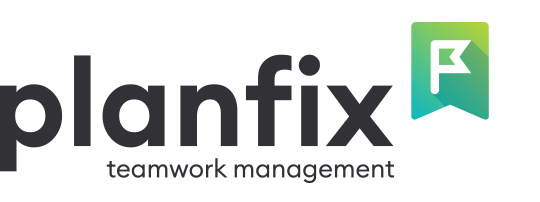
Team efficiency is one of those things that can quietly make or break a business. This has left many business leaders wondering how to measure the productivity in a way that helps? Well, the key is tracking using smart KPIs. This comprehensive solution not only allows you to spot team delays, hiccups, and bottlenecks, but to do so before they become real problems.
With these insights, you can intervene early, offering training, making tweaks, or simply helping your employees stay on track. Without them, you could be looking at missed deadlines, frustrated teammates, unhappy customers, and eventually, financial losses. And nobody wants that, right?
Productivity Under Control: Why Tracking Productivity of Employees is a Must-Have
Let’s not sugarcoat it — if your team’s productivity is out of balance, your entire company will feel it eventually. Without knowing how work hours are spent, some employees will be buried under their tasks while others coast through the day. This is not only unfair, but inefficient and expensive. To make matters worse, it can quickly lead to burnout.
Knowing how to properly measure your team’s productivity allows you to fix mistakes, optimize internal processes, and achieve better results. Here’s what you gain:
- Better use of time, budget, and team performance.
- More transparency, less micromanagement.
- Fewer delays, smoother deliveries.
- More satisfied employees with more well-defined apparent roles .
- Continuous process improvements.
The bottom line? Tracking productivity helps your business grow steadily.
Clarity Over Guesswork: Metrics That Help Measure Team Performance
Like it or not, guesswork is not a strategy. If you’re serious about improving performance, you have to rely on the right metrics, not just your gut feelings. Each department uniquely delivers results, so setting KPIs that match their goals makes sense. But these numbers aren’t just stats—they’re tools to help you create more intelligent workflows and increase your overall productivity.
Sales
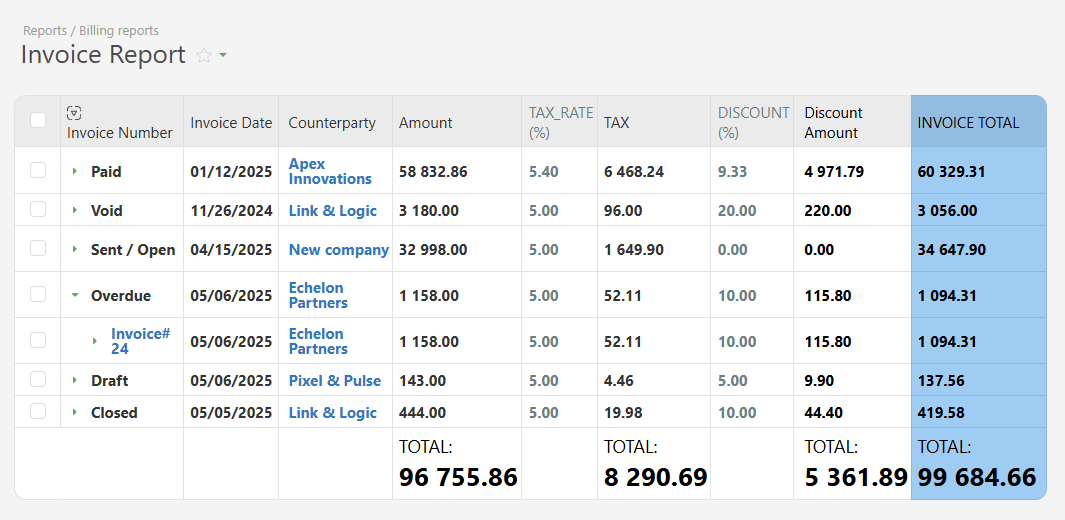
For sales teams, it’s all about moving products and hitting targets. To keep things on track and improve performance, keep the following points in mind:
- Deal closing speed. This is how long it takes to seal the deal.
- Customer satisfaction. Because satisfied customers come back (and bring friends).
- Profit per deal. This is the reality check after costs are counted.
- Average order value per customer. This helps gauge spending habits.
- Monthly average per rep. This shows the individual impact on the bottom line.
These metrics show what’s working, what’s not, and where your sales strategy can be improved.
Customer Support
Customer service is the heart and soul of any great business. Satisfied customers are like loyal fans: they come back, praise you to the skies, and generally won’t toss you aside due to a single bad experience. To see how good your support team is, keep an eye on these metrics:
- Call response time. This measures how fast your team picks up the phone (because no one likes elevator music).
- Positive user reviews. We’re talking about honest feedback from real people about how helpful your support team is.
- Speed of query resolution. This is how quickly issues are resolved, which demonstrates your team’s efficiency behind the scenes.
These numbers reveal how well your team handles pressure (and people).
Marketing
Marketing is your growth engine, and like any engine, it needs to be tuned up from time to time. When optimizing your campaigns, don’t overlook these essentials:
- Number of conversions. This refers to how many people take the critical action.
- Total number of campaigns launched. This is your output, plain and simple.
- Campaign ROI. Is what you’re spending paying off?
- Content volume. How much you produce to stay on your audience’s radar.
- Content creation speed. This measures how quickly your team goes from idea to publication.
Watching these metrics closely helps you tighten up your marketing strategy and steer results in the right direction.
HR Department
Behind every productive business is a team that works well together, and this is where HR comes in. Building a great team is no accident, so it pays to track the right metrics:
- Vacancies filled. This is how many spots you’ve been able to fill.
- Candidate interviews. This indicates how actively the team is scouting talent.
- Candidate calls. This measures how much HR is doing behind the scenes.
- Time-to-hire. This rate measures how long it takes to get someone from application to the first day of work.
Analyzing this information will help you identify what’s working in your hiring process, and what might need reconsidering.
Operations Department
Operations may not always be glamorous, but when run smoothly, everyone notices (and when they don’t, oh boy). To keep things ticking like clockwork, keep an eye on these key metrics:
- Supplier performance. This is how well your partners are delivering on their promises.
- Task completion time. This measures internal efficiency, one task at a time.
- On-time delivery rate. Remember, missed deadlines can throw the whole company off track.
Monitoring these metrics helps the entire company avoid chaos and keeps all your partnerships humming along nicely.
Finance Department
If your company were a ship, finance would be the crew keeping it afloat (and steering it away from icebergs). Your company’s financial stability depends on how wisely resources are managed. That’s why the finance team should always keep an eye on these vital metrics:
- Cash flow efficiency. Put simply, this is the balance between what’s coming in and going out.
- Income-to-expense ratio. This provides an overview of how well the company is performing as a whole.
- Timely tax payments. It’s always important to keep the government happy (and late fees off your books).
These ratios will help you stay financially grounded and avoid unnecessary risks.
How Planfix Makes Tracking Employee Productivity Easy
Think of Planfix like your team’s command center — it’s packed with tools that make monitoring and analyzing productivity less like micromanagement and more like innovative leadership. If you’ve ever wondered how to measure the productivity of your team without drowning in spreadsheets, Planfix is for you. Here’s how to help your team function like a well-oiled machine, beyond putting a motivational poster in the break room.
Advanced Analytics
With detailed data tags on tasks, deadlines, and results, Planfix enables managers to get to the bottom of productivity. You’ll see which tasks are flying through the pipeline and which are stuck like a printer on a Monday morning. This clarity helps you allocate work smarter, plan better, and keep all the arms of your company running smoothly.
But that’s not all! These data tags also provide you with a crystal ball to predict timelines, identify risks, and prevent long-term projects from drifting off course. Ultimately, Planfix gives provides you with the insight you need to lead with confidence and strategy.
Built-In Time Tracking and Timer
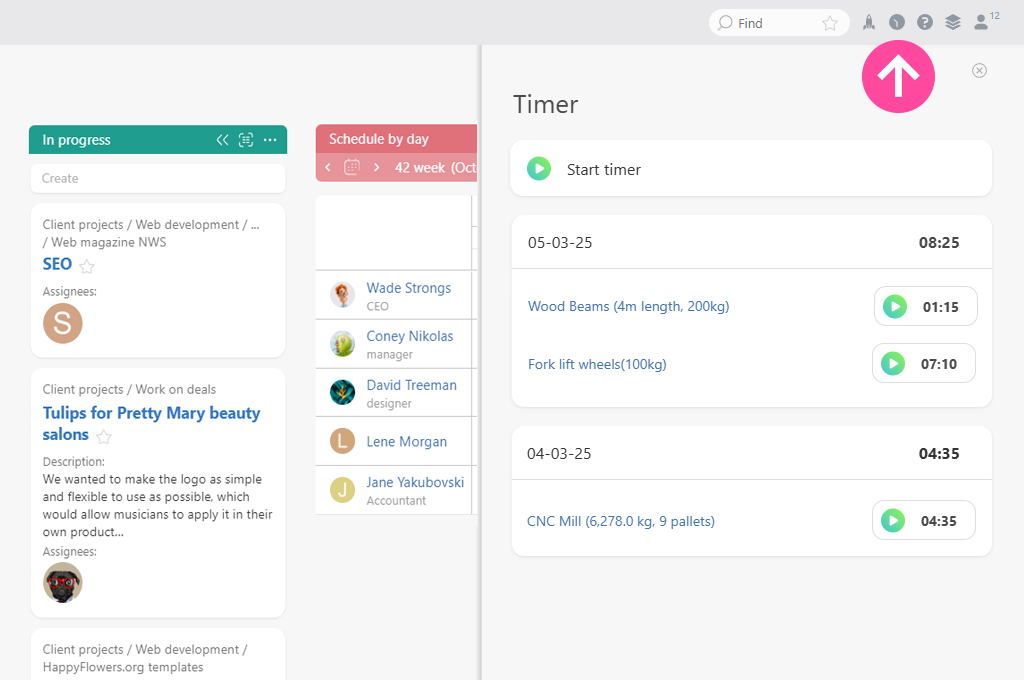
The timer in Planfix is not just a stopwatch — it’s a strategy. That’s because this innovative built-in timer allows you to see precisely how long tasks take. So, if something is dragging on, you can spot it early and make adjustments before it messes up the whole schedule.
It’s also a fantastic way to uncover hidden delays and pressure points in your processes. With precise timing data, you can redistribute workloads, improve planning accuracy, and make real-time decisions based on real information.
And perhaps the best thing about it is that it helps you evaluate performance fairly — no assumptions or guesswork, just facts.
Flexible Planners
Planfix gives your team a visual playground for managing tasks. Not only is it organized and flexible, but it’s far less chaotic than juggling sticky notes and email chains. And these tools aren’t just for show — they’re designed to make real progress visible and manageable.
- Gantt charts are the big-picture timeline tool. You can see how the tasks are connected, where the deadlines are, and where bottlenecks could lurk. It’s like an X-ray view for projects.
- Kanban boards are perfect for seeing where everything stands at a glance. Drag, drop, and keep the flow going. This is task management with rhythm.
- Lists and tables are ideal for structured thinkers who want everything organized, searchable, and perfectly laid out. No frills, just clarity.
Thanks to this flexibility and visual simplicity, managers can quickly shift priorities, reassign tasks, and adjust them on the fly. That’s task control without the chaos, and it’s a real upgrade for team productivity tracking.
Tasks with Result Validation
Have you ever felt that “task complete” means something completely different depending on who you ask? With Planfix, that’s no longer the case. With it, you can set specific criteria for checking results for every task. That way, everyone knows exactly what “done” means.
This method helps managers track progress and control quality at every step. The validation process includes crystal clear parameters, meaning no guesswork, no confusion—just accountability. It also makes recognizing when something is off course and making real-time adjustments much easier. The result? Better outcomes, better team performance, and less back and forth.
Comprehensive Reports
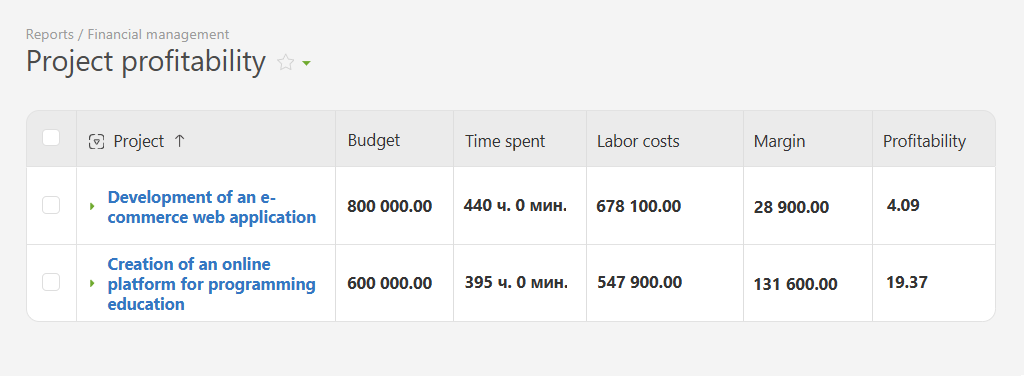
If data is power, then Planfix reports are your secret weapon. You can easily automate task and project reports to see who’s doing what, what’s on track, and where things are headed.
Forget manual updates! These reports keep your data fresh and your decisions intelligent. This kind of clarity is an absolute game-changer.
KPI and Employee Performance Evaluation
Let’s be honest, simply “estimating” how productive someone is just doesn’t cut it. With Planfix, you can set key performance indicators to more easily measure what really matters. These include tasks completed, time spent, deadlines met (or missed), and overall engagement. Best of all, you can automate and monitor all of this with reports.
When it comes to tracking productivity of employees, this approach goes beyond numbers. It helps to uncover hidden strengths, identify areas for growth, and motivate the team. It also supports personal development planning and more competent task management, leading to improved team efficiency.
Process Automation and Reminders
No one dreams of spending their day chasing deadlines or nudging people to update their task statuses. Luckily, that’s where Planfix steps in. With it, you can create automated workflows that do the heavy lifting, like assigning new tasks as soon as the previous ones are done, sending gentle (or not-so-gentle) deadline reminders, and keeping everyone in the loop about project changes. It’s like having a personal assistant who never sleeps.
Automation minimizes human error, reduces repetitive tasks, and prevents missed deadlines. Employees can focus on the essentials, while managers can think about strategy, not spreadsheets.
Checklists and Task Completion Control
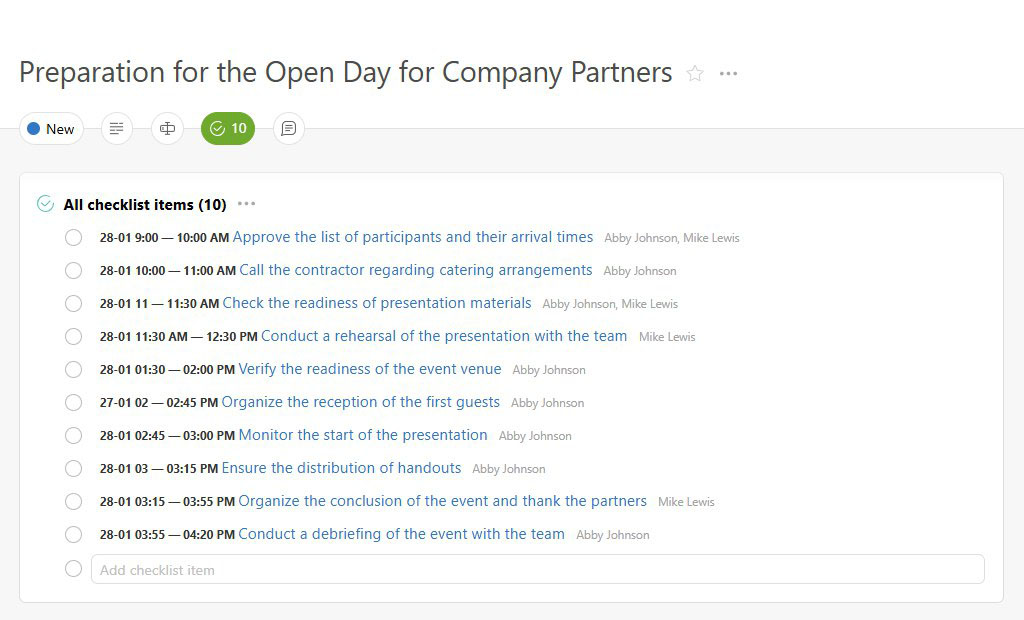
Have you ever tackled a task that was so big it needed its own to-do list? Well, the checklists in Planfix are designed to break projects down into bite-sized, easy-to-follow steps. Managers can assign individual actions, monitor progress, and ensure that nothing is overlooked. That’s project management with a pulse.
This method improves team coordination and makes it easier to change things on the fly. Hello, agility! That’s teams productivity tracking done right.
Task Filters and Search
Are you drowning in tasks? Filters are your salvation. With Planfix, you can sort tasks by status, assignee, priority, and more. No more endless scrolling and pinging colleagues for updates.
Having quick access to organized data saves time, reduces chaos, and provides clear focus. Managers wondering how to track employee productivity across tangled workflows are amazed to discover complete transparency, with no micromanagement required.
3 Effective Ways to Introduce Monitoring into Business Processes
According to a recent Gartner study, 41% of employees have no idea what data their company collects, why it is collected, or what it is used for. That’s not just a statistic — it’s also a trust issue. The point is that things can quickly get out of hand if your team feels like “Big Brother” is watching them.
So, how do you bring in monitoring without triggering suspicion or resistance? Start with these three battle-tested principles.
1. Educate and Motivate Employees
Monitoring shouldn’t feel like a digital leash. It’s about working smarter, not harder. Explain what is being monitored and, most importantly, why. Show your employees how it helps them:
- Optimizing workload. Less burnout, less boredom.
- Streamlining work processes by eliminating unnecessary steps.
- Ensure transparency and fairness in the distribution of tasks.
Talk to your team. Ask for suggestions. Address concerns. If employees see that time tracking and tracking productivity is about support and not monitoring, they are more willing to participate.
2. Provide Easy-to-Use and Effective Tools
Even the best ideas fail without the right tools. Monitoring needs to feel seamless, not like another mountain of admin work. This is where Planfix shines. For instance, it:
- Allows you to monitor tasks in real-time and identify roadblocks
- Offers flexible reports, reminders, and third-party integrations
- Gives employees clarity on workload and priorities
These tools should simplify the workday, not complicate it.
3. Offer Regular Feedback
Without feedback, monitoring becomes background noise. Planfix keeps things accurate and consistent.
- Supervisors give timely feedback when something is wrong.
- Leaders can schedule weekly or monthly meetings to reflect and reset.
- It allows for quick adjustments, so you don’t sit on problems.
Regular feedback strengthens the corporate culture and reduces resistance. If you want to know how to measure team performance in real-life conditions, this is one of the best answers.
Conclusion
Ultimately, monitoring is not about micromanagement — it’s about making work smarter. When employees recognize the value, use intuitive tools, and receive ongoing support, it becomes a natural part of doing business.
Planfix brings everything under one roof. Not only does it provides transparency and control, but it does so in a way that delivers actual, long-term results.
